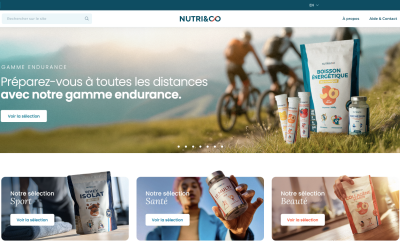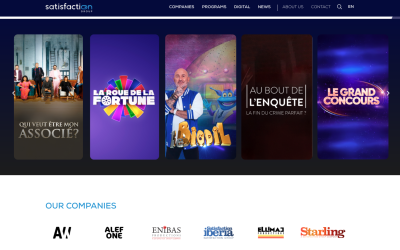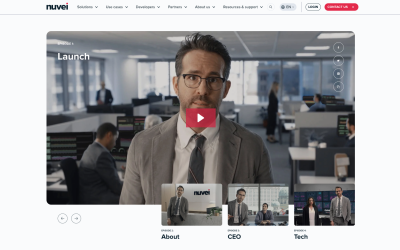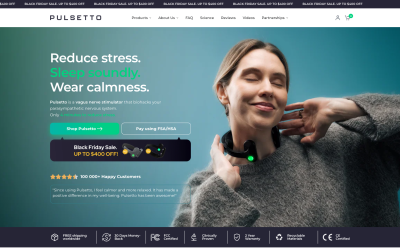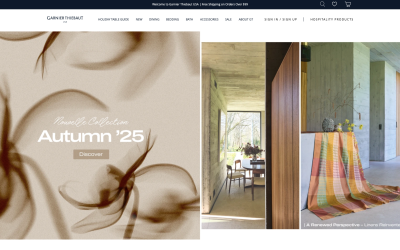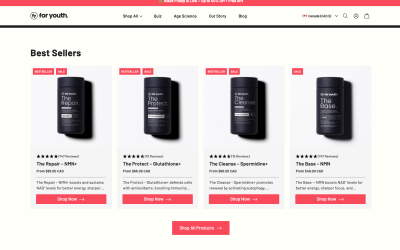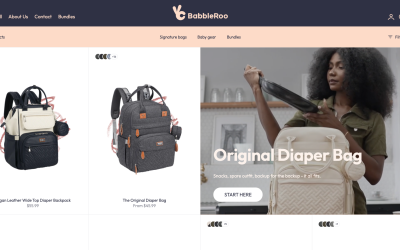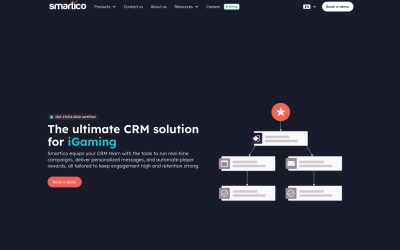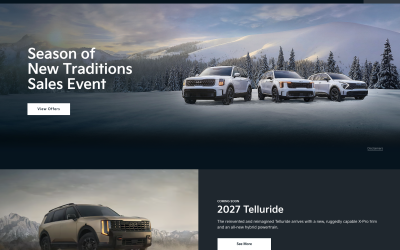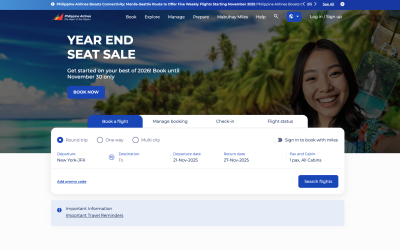You’re facing the challenge of sluggish websites, and it’s time to tackle it head-on.
Ditch the render-blocking resources that drag your page speed down. By optimizing your site’s critical rendering path, you’ll unlock faster loading times and improve user experience.
Don’t let a slow site tarnish your rankings; learn the tricks to preload, inline, and minify.
It’s your move to boost performance, leap over competitors, and captivate users with a blazing-fast website.
Key Takeaways
- Identifying and reducing render-blocking resources is crucial for optimizing page speed.
- The critical rendering path encompasses the steps required to render a webpage and optimizing it improves rendering performance.
- Techniques for optimizing the critical rendering path include analyzing render-blocking resources, using a defer method, prioritizing above-the-fold content, and compressing file sizes.
- Preloading and inlining techniques, such as using the preload link and inlining critical styles, can help eliminate render-blocking resources and improve page experience.
Learn How Banishing Render-Blocking Resources Improves Page Speed with Rankstar
→ Revolutionize your website’s speed with our ultimate guide!
Explore our article on RankStar, unveiling strategies to banish render-blocking resources and boost your page speed. Revolutionize user experience, surpass competitors, and rank higher on search engines. Implement these expert insights today and watch your site load at lightning speed. Don’t settle for slow—revolutionize your page speed now and stand out in the digital realm!
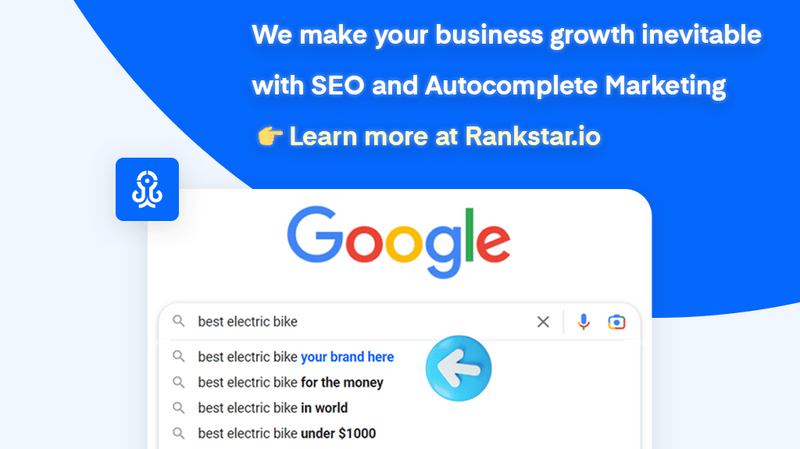
Importance of Page Speed
You’ll immediately notice the difference when a webpage loads swiftly, as quick page speeds are critical for keeping your audience engaged and satisfied. In today’s digital landscape, a lagging load time not only frustrates users but also adversely affects your site’s search engine ranking.
Google’s benchmarks suggest that pages should load within a 2-3 second window to maintain optimal user experiences. Surpassing this threshold increases bounce rates and diminishes conversion opportunities. Consequently, identifying and mitigating render-blocking resources becomes a pivotal task.
It’s a meticulous process involving the examination of scripts, stylesheets, and third-party services that can hinder the critical rendering path. A streamlined approach to page speed is indispensable for enhancing Core Web Vitals, solidifying user retention, and ensuring a competitive edge.
Understanding Render-Blocking Resources
Diving into the intricacies of render-blocking resources, you’ll find they’re typically JavaScript and CSS that must be processed before the page can render. These resources directly impact the critical rendering path, which is the sequence of events that must occur to display a webpage on a user’s screen.
By default, browsers must parse and execute scripts and stylesheets before they can render content, leading to a delay that’s perceptible to users.
To optimize load times, you need to identify which resources are render-blocking. Tools like Google PageSpeed Insights can help you pinpoint these files. Once identified, strategies such as deferring non-essential scripts, inlining critical CSS, and leveraging asynchronous loading can mitigate their impact.
These technical adjustments are key in streamlining the rendering process and enhancing overall page speed.
Analyzing the Critical Rendering Path
To effectively enhance your site’s performance, it’s essential to analyze the critical rendering path, identifying steps where optimizations can significantly cut down load times. Break down each stage, from initial request to final render, scrutinizing for potential bottlenecks.
Here’s a concise breakdown:
| Stage | Action Item | Potential Impact |
|---|---|---|
| HTML Download | Minimize file size | Decreases time to first byte |
| CSS/JS Processing | Inline critical CSS, async scripts | Reduces render-blocking |
| Render | Prioritize above-the-fold content | Speeds up visual completion |
Techniques for Preloading Resources
Efficiency in resource management is key, and preloading techniques allow you to strategically prioritize the loading of critical assets to reduce wait times and enhance user engagement.
- Preload with Link Tags:
<link rel='preload' href='critical-asset.css' as='style'>signals priority resources.- Use for critical CSS, JavaScript, and fonts that are crucial to initial rendering.
- Avoid overuse to prevent resource contention.
- Preconnect to External Domains:
<link rel='preconnect' href='//external-domain.com'>establishes early connections.- Reduces DNS lookup, TCP handshake, and TLS negotiation times.
- Prefetch Resources:
<link rel='prefetch' href='next-page-asset.css' as='style'>for future navigations.- Instructs the browser to fetch resources during idle time.
- Enhances the performance of subsequent page loads.
Inlining Critical CSS and JS
Your website’s load time can be significantly improved by inlining critical CSS and JS, ensuring users see content faster without waiting for blocking resources to download. This method involves embedding the styles and scripts needed for above-the-fold content directly within your HTML.
By doing so, you eliminate additional network requests that delay the rendering process. It’s crucial to pinpoint exactly which CSS and JS are critical—those that style visible content on initial load. Utilize tools like Criticalcss.com to automate the extraction of this CSS.
For JavaScript, inline small scripts that are essential for initial page interaction. Remember, while inlining reduces initial requests, it increases HTML size. Balance is key; inline sparingly and strategically to optimize rendering.
Leveraging Optimization Tools
Kick off your website’s performance boost by utilizing optimization tools designed to streamline the handling of render-blocking resources. These tools are crafted to analyze and optimize your content delivery, ensuring users experience the fastest possible page load times.
Here’s how you can leverage them:
- Analytical Tools
- Google PageSpeed Insights: Diagnoses performance issues.
- GTmetrix: Provides detailed optimization recommendations.
- WebPageTest: Offers granular speed analysis.
- Optimization Plugins
- Autoptimize: Minifies and caches scripts.
- WP Rocket: Combines caching with file optimization.
- Async JavaScript: Defers or asyncs scripts.
- Resource Management
- Inlining Tools: Inject critical-path CSS.
- Preloading Strategies: Prioritize key assets.
- Compression Utilities: Reduce file sizes for faster transmission.
Embrace these precise, analytical strategies to reduce render-blocking resources and propel your site’s performance to new heights.
Minification and Font Strategies
Building on the momentum from leveraging optimization tools, you’ll find that minifying your code and refining font strategies are key moves to slash those pesky render-blocking resources. Minification strips unnecessary characters from CSS, JavaScript, and HTML, compressing your files to their most efficient form. This process reduces bandwidth usage and accelerates parsing and execution.
Consider your font delivery; web fonts can be a bottleneck if not handled properly. Opt for modern formats that offer compression and prioritize local or system fonts to minimize requests. Here’s a snapshot of strategies:
| Strategy | Benefit |
|---|---|
| Minification | Reduces file size, improves load |
| Font Loading | Prioritizes efficient rendering |
Implementing these techniques is non-negotiable for top-notch performance. Analyze, refine, and witness your site’s speed transformation.
Advanced Coding and Combining Files
In the quest for optimal page performance, advancing your coding practices and streamlining your resources through file combination is essential. You’ll want to:
- Minimize HTTP Requests
- Combine CSS/JS files to reduce server calls.
- Utilize CSS sprites for images.
Employ Advanced Compression Techniques
- Use GZIP or Brotli for higher compression ratios.
- Consider server-side file compression settings.
Leverage Modern HTTP/2 Protocol
- Benefit from multiplexing to serve multiple requests over a single connection.
- Implement server push to preemptively send resources to the client.
Mastering these methods can significantly cut down render-blocking issues, enhancing your site’s responsiveness and overall user experience. Dive deep into each strategy, understand its implementation, and witness your page speeds soar.
Frequently Asked Questions
How Does a Browser Determine Which Resources Are Render-Blocking and Which Are Not?
You’ll find browsers determine render-blocking resources by analyzing which elements must be processed before rendering the page, typically CSS and JavaScript that affect the initial display.
What Is the Impact of Server Response Times on Render-Blocking Resources, and How Can Server Configuration Changes Mitigate This?
Slow server response times exacerbate render-blocking issues, delaying your site’s loading. Tweaking server configurations, like enabling compression and keep-alive, can mitigate this by accelerating resource delivery to your browser.
Are There Any Risks Associated With Aggressively Inlining Critical CSS and Javascript, and How Can We Balance Performance With Maintainability?
You risk bloating HTML and maintenance headaches by aggressively inlining CSS/JS. To balance, inline just above-the-fold content and defer non-critical scripts to keep your site’s performance optimized and codebase manageable.
How Does Browser Caching Interact With Render-Blocking Resources, and How Can We Optimize Cache Policies to Improve Page Speed?
You’ll improve page speed by optimizing browser cache policies, as caching already fetched resources prevents them from being render-blocking on repeat visits. Set long expiry times for static content to leverage this benefit.
Can the Use of Content Delivery Networks (CDNs) Alleviate the Issues Caused by Render-Blocking Resources, and What Are the Best Practices for Integrating CDNs With Website Optimization Strategies?
You can mitigate render-blocking resource issues by employing CDNs, which cache content globally. Best practices include setting cache headers and prioritizing critical assets to harmonize CDN use with optimization strategies.
Conclusion
You’ve learned the ropes: identifying render-blocking elements, optimizing the critical path, and deploying smart resource strategies.
Now, compress and minify with precision, inline essentials, and leverage advanced coding to combine files.
Your site’s now a speed exemplar, impressing users and search engines alike.
Keep refining—your quest for peak performance never ends.
Stay ahead; your lighting-fast pages are the benchmark, turning visitors into loyal fans.
Welcome to the forefront of web efficiency.


